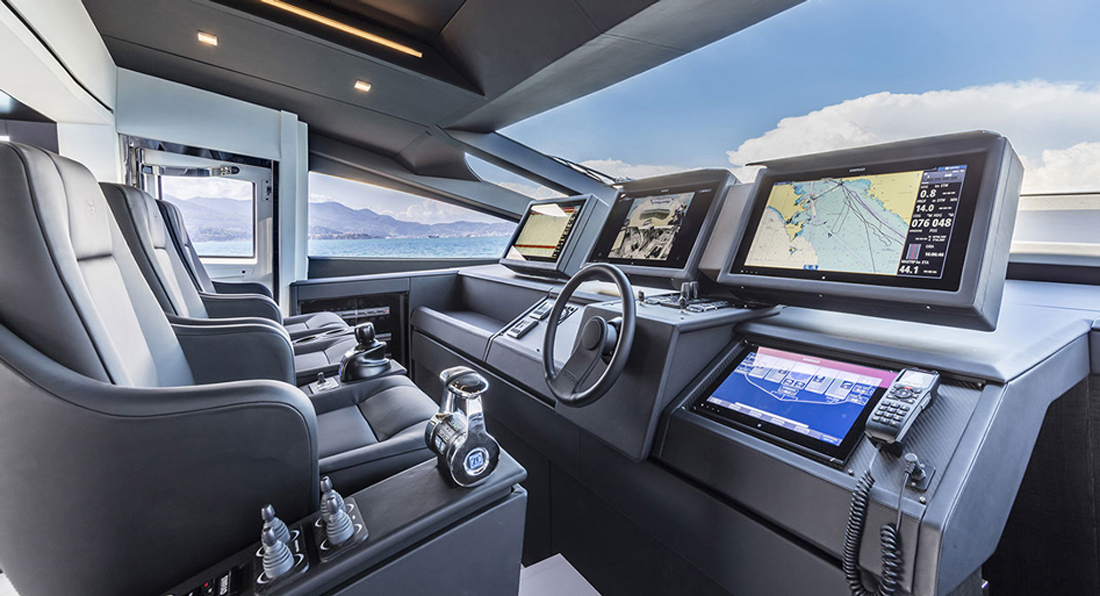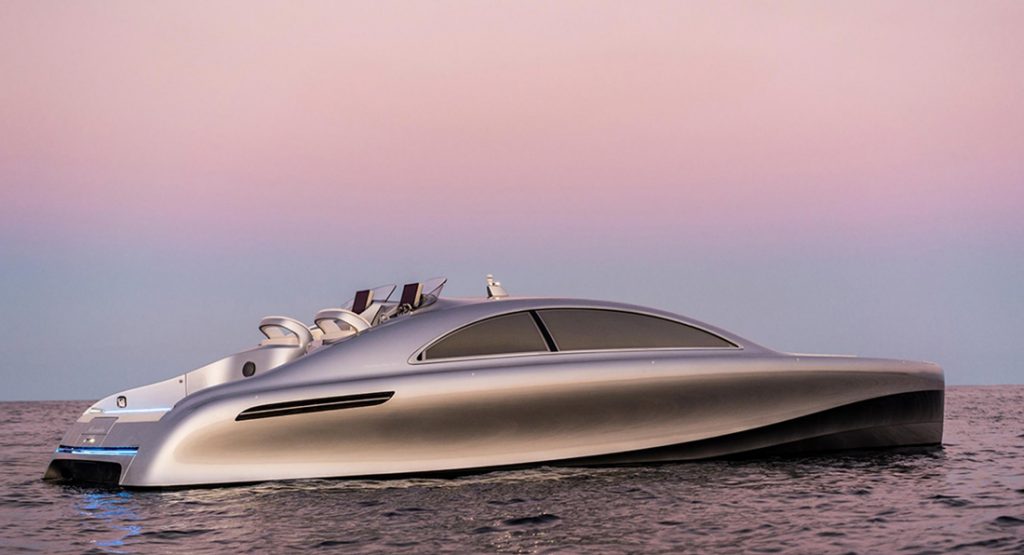
Crossing Over
Why boats and cars are not all that different
While one moves on ground and the other lives on water, boats and cars really are very similar. Both move people from A to B, both are highly necessary in the world we live in, and, more importantly, the right cars and boats are objects of great affection and great desire. Let’s explore some of these similarities and differences here in this article.
Under the hood
Here’s a bit of technical talk, but bear with us. Cars run on internal combustion engines, and the fuel most commonly used is petroleum. On the water, choice of engine and its fuel is often dictated by the boat size – petroleum for smaller vessels typically under 40 feet, and diesel for larger crafts.
The reasons for the difference are many, but the main one is power. Diesel engines generally give more torque and horsepower, but they also make more noise. Smaller crafts do not need all that extra oomph, and since there is less distance (and material) between engine and occupant, the lower the decibels the better.
Also like most modern cars today, the engines on boats are water-cooled. However, instead of the complicated piping and reservoirs required by vehicles on land, boat engines use a water pump to pull surrounding water into the engine where it cools the motor, and then expels it back out into the water. It’s a much simpler process.
Likewise, other important parts of a car like the starter motor, wipers, and even signal lights can be found on a boat, although the application for the last is different at sea (you can learn more about this in PCDC).
Boats also have a transmission just like cars, but they are so different that it is not called a gearbox, but a marine gear. Transmissions in cars get the car moving from a standstill without stalling and keep the engine working at its optimum range, but since boat propellers do not have a ‘physical’ link to the water (like tyres on a road), the engines never stall.
The marine gear’s job, then, is simply to put the boat in ‘neutral’, where it disengages the propellers from the engine, and to provide forward or reverse rotation to the propellers, which will then move the craft forward and backward respectively. This is also known as ahead and astern in nautical parlance.
Passion knows no borders
Aside from the propulsion system, the comforts and luxuries found in cars are very often found on boats. In fact, yachts usually surpass road vehicles in these terms, but understandably so as larger yachts are also homes on water and must have these comforts. All the same, great designers are equally enthusiastic when providing avant-garde experiences on both land and water.
For example, it is widely known that renowned furniture designer Poltrona Frau creates the seats in Ferrari supercars. However, the Italian designer also collaborates with ship builders, as seen in the Pershing P9X yacht, where they masterfully designed the helm station and also made exclusive upholstered furniture for the yacht. It is the helm in the header image of this article.

Sometimes, carmakers even collaborate on special projects with shipyards to create special, bespoke boats that carry motifs from both land and sea. The ARROW460 – Granturismo is an exclusive creation by Silver Arrows Marine and Mercedes-Benz that carries unmistakable elements from both creators. There is also the AM37 sports boat, which is a collaboration between Aston Martin and Quintessence Yachts. It is stunning in its simplicity.
To end this, we’d like to say that the purpose of this article is not to provide a definitive or exhaustive explanation on boats and cars, but rather a celebration of some of the aspects of boating and cars that enthusiasts enjoy. After all, boats and cars move people emotionally too, and we know this because Pen Marine is an enthusiast of both, and a specialist in one.

